9 /10 1 Votes
4.5/5 Hardcore Gamer Writer(s) Keika Hanada Genre Visual novel Artist(s) Moyataro | 9/10 Steam Developer(s) Novectacle Initial release date 31 December 2012 Mode Single-player video game | |||||||||||||||||||||||||||||||||
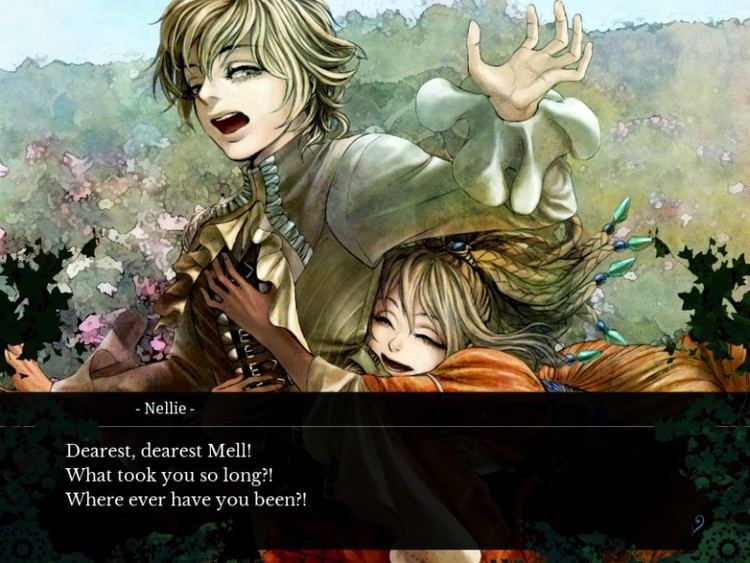 | ||||||||||||||||||||||||||||||||||
Similar Kindred Spirits on the Roof, Kara no Shōjo, Princess Evangile, Fault Milestone One, Root Double: Before Cr | ||||||||||||||||||||||||||||||||||
The house in fata morgana promo movie
The House in Fata Morgana (Japanese: ファタモルガーナの館, Hepburn: Fata Morugāna no Yakata) is a visual novel video game developed by Novectacle. It was released for Microsoft Windows and iOS by Novectacle in 2012 and 2014 in Japan, and for Microsoft Windows by MangaGamer in 2016 internationally. Additionally, a Nintendo 3DS version was released by FuRyu in 2016 in Japan, and a PlayStation Vita version is planned to be released by Dramatic Create in 2017.
Contents
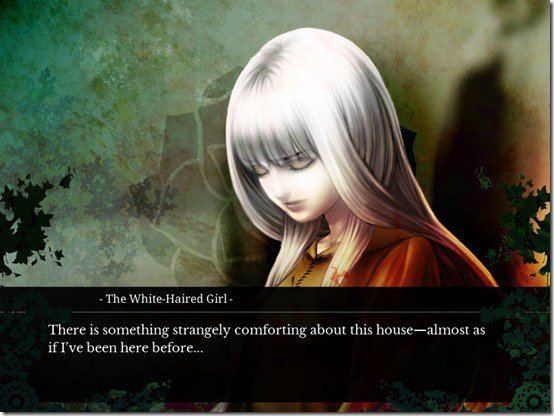
Synopsis
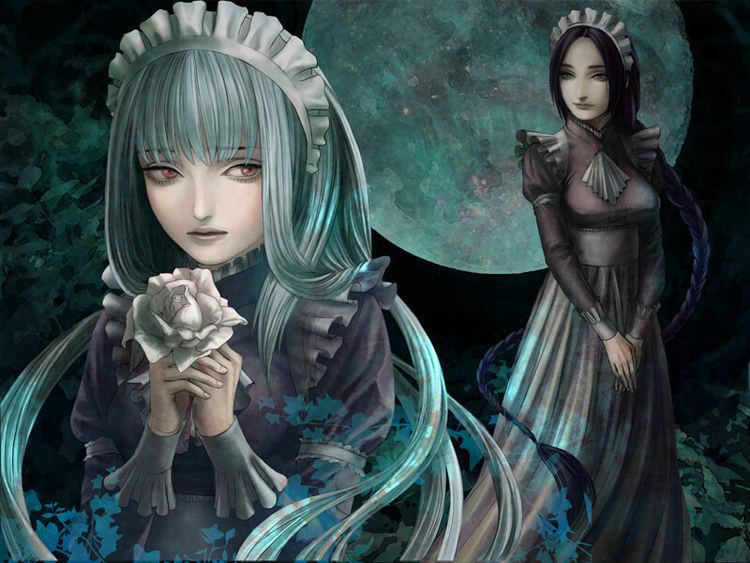
The House in Fata Morgana is a visual novel set in a mansion, where the player character wakes up with amnesia. They meet a maid in the mansion, and the two visit the mansion in different time periods – 1099, 1603, 1707, and 1869 – to learn what has happened to its residents in the past, and to try to get the player character to regain their lost memories.
Development

The game was developed by Novectacle and written by Keika Hanada, with art by Moyataro. The developers did not specifically target men or women with the game, and instead just intended to make a game for players who enjoy stories. Hanada spent more than a year spent on planning the story, which was influenced by Tanith Lee's books, and the films Millennium Actress (2001) and The Best of Youth (2003). To keep the text from distracting the player, it was mostly written in modern Japanese, with only little use of archaic speech. To make the game feel unique, the Moyataro made use of heavy coloring and shading, to portray a "more realistic kind of beauty" compared to the "cutesy" anime-like artstyle common in Japanese visual novels. Another important aspect in making the game feel unique was its music: more than half of the songs are vocal tracks, intended to make the game feel like visiting a theatre with someone singing in the background. Five composers worked on the music, and wrote 65 different tracks.

In June 2013, the game distribution platform Playism announced that they were interested in localizing the game for English-speaking audiences, as they wanted to bring visual novels to their platform and felt The House in Fata Morgana might be a good place for them to start. They encouraged people to tell them if they were interested in the game, to gauge demand for it. Two days later, they clarified that monetary issues were what caused them to not start localization work right away: Novectacle, being an indie developer, were unable to pay upfront for the localization work. Instead, Novectacle proposed that all revenue from Japanese The House in Fata Morgana sales would go to paying for the localization. As the Japanese sales on the Playism platform were much too low to finance the localization, Playism considered either waiting and seeing if Japanese sales would pick up pace, or launching a crowdfunding campaign. Playism was still working towards a localization in late March 2014, when they released a localized demo. During the Otakon convention in August 2014, the visual novel publisher MangaGamer announced that they had acquired the license to publish the game.
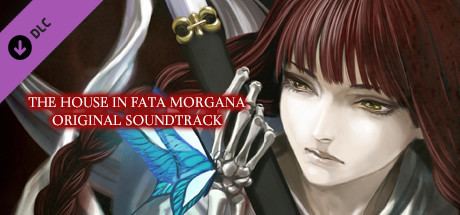
Due to the large range of cultures and time periods appearing in the game, it was important to MangaGamer to decide on a localization strategy early on to avoid an inconsistent script; translator BlackDragonHunt said that making language in historical settings appear authentic was a difficult balancing act, with too modern dialogue breaking immersion, and older English being difficult for modern readers to understand. They decided to follow the same style as the Japanese original, mainly using modern language, with some use of words based on the various time periods and regions in the game to give it a "historical flavor": for instance, the word "bedroom" was replaced with "bedchamber", and "maid" with "abigail".
Release
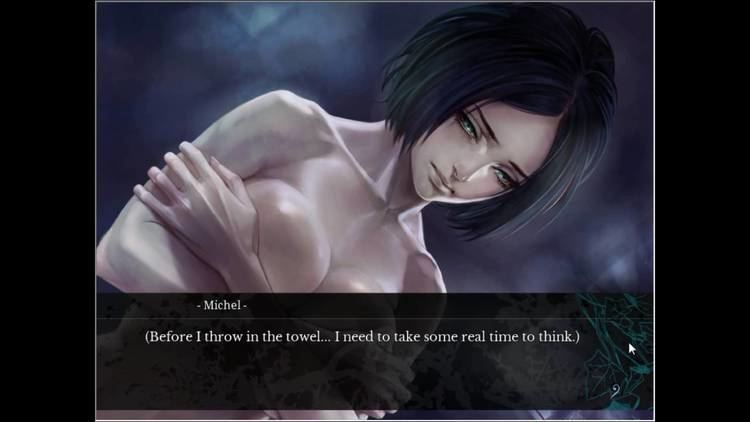
The game was originally released for Microsoft Windows on December 31, 2012 in Japan; this version was also released through Playism on May 31, 2013 in Japan. A Japanese iOS version followed on May 16, 2014. MangaGamer released the Microsoft Windows version in English on May 13, 2016, both separately and in a bundle with the game's soundtrack. A Nintendo 3DS version was released digitally in Japan on July 27, 2016 by FuRyu, as one of the first three games of their Catalyst line, and a PlayStation Vita version is planned to be released both physically and digitally in Japan on March 16, 2017 by Dramatic Create. This version includes new content; due to sickness, Moyataro was unable to create the new artwork needed for it, so another illustrator was given the task.
Reception
The game was a runner-up for Hardcore Gamer's Best Story of 2016 award.
